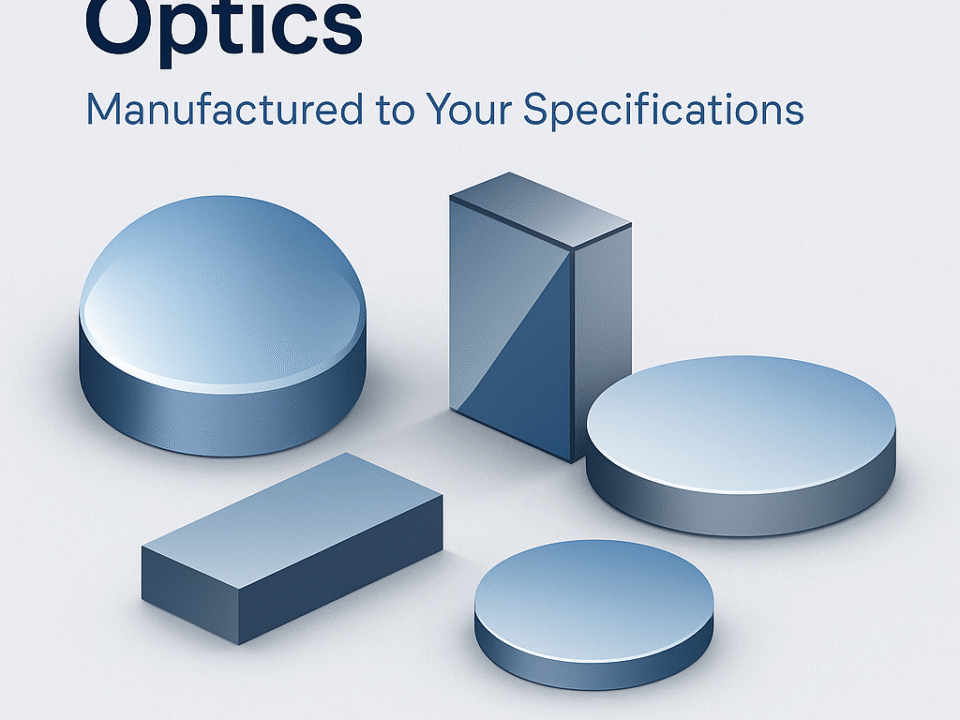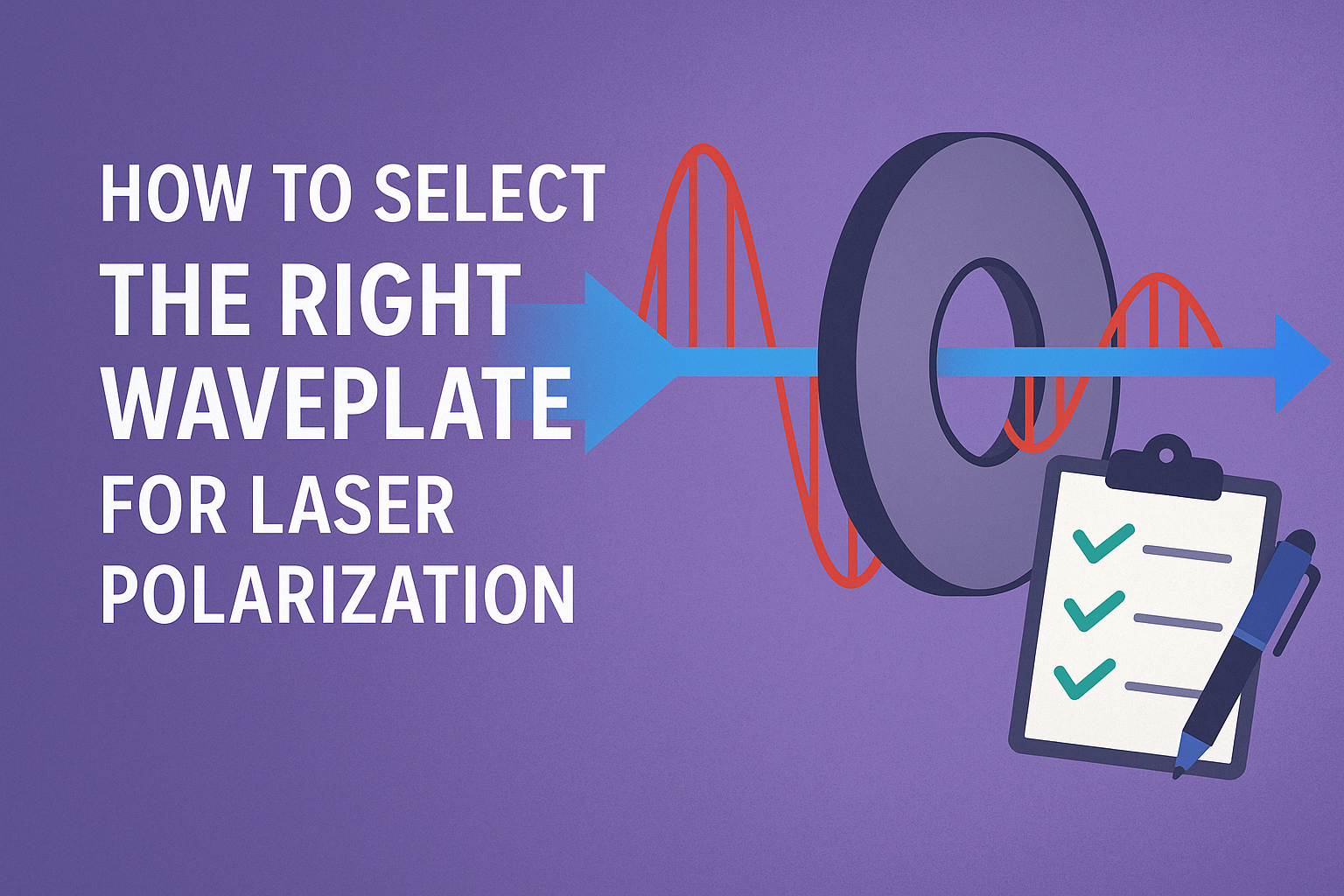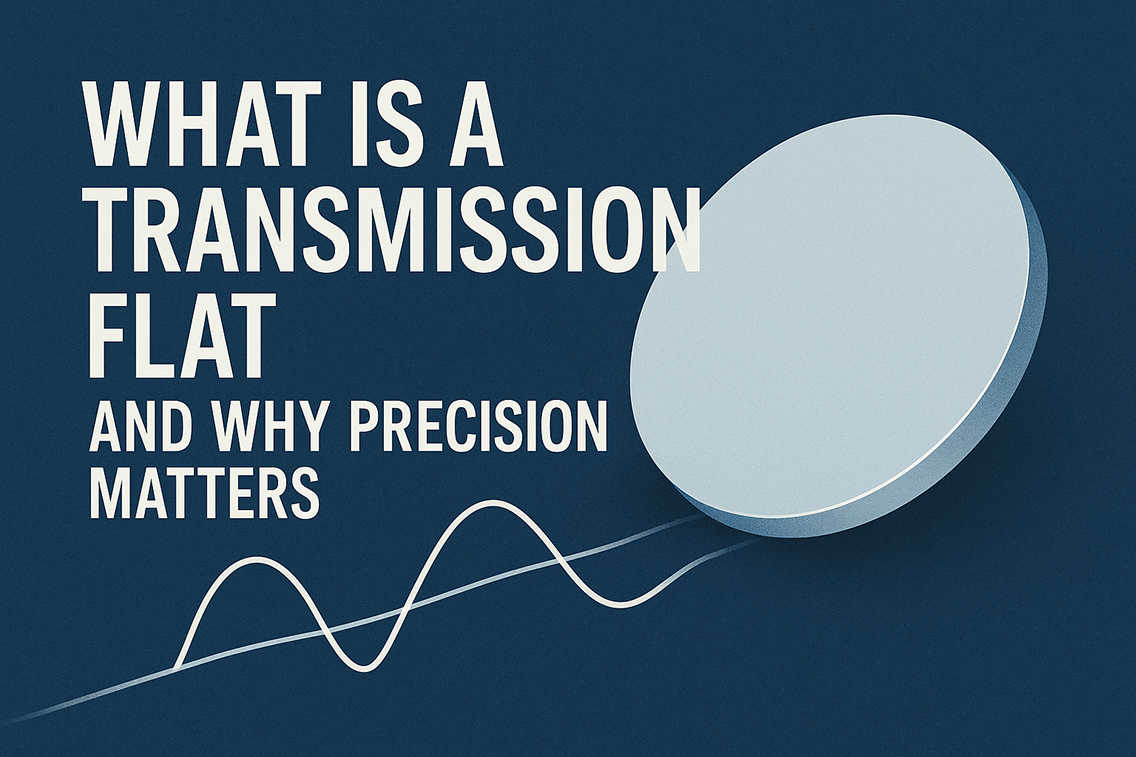
Cylindrical Lenses And Their Applications
Tuesday, 24 March, 2020
Boost Your Capabilities With Custom Optical Prisms
Thursday, 14 May, 2020If you wish to change the polarization direction of your light beam, control the polarization state, or change from circular to linear polarization (or vice versa), you’ll need to use waveplates.
Usually, a waveplate is a birefringent crystal with carefully chosen thickness and orientation. Their purpose is to introduce a phase difference or retardance between the orthogonal components of electromagnetic light.
When the waveplate introduces a 90° phase difference, it’s called a quarter-wave plate, and one that introduces a 180° phase difference is referred to as a half-wave plate.
Usually, waveplates introduce a phase difference for a specified wavelength and specified orientation with respect to the light propagation direction. Moreover, temperature may influence the retardation.
Types of Waveplates
While waveplates are available in a variety of materials, here are the three basic types that they come in:
1. Multiple Order Waveplates
Multi-order waveplates are designed in a way that the retardance of the light undergoes a particular number (m) of full wavelength shifts as well as fractional design retardance.
Multi-order waveplates’ retardance is comparatively more sensitive to temperature and wavelength changes. However, they’re an economical alternative for applications where sensitivities aren’t an issue.
Tower Optical’s multi-order waveplates are AR coated on both sides and their standard retardations are λ /4 and λ /2.
2. Achromatic Waveplates
These waveplates offer retardance that’s relatively independent of the wavelength over a large spectral range. Super achromatic waveplates, on the other hand, provide phase retardance that’s almost entirely wavelength independent over a much larger range.
Our second series of Achromatic Waveplates (AWP’s) are built using 5.4 mm substrates of magnesium fluoride and crystal quartz. Our cemented AWP’s help you control costs by reducing the surfaces that require AR coating. Additionally, they accommodate larger beam diameters.

3. Zero-Order Wave Plates
These waveplates are designed in a way that the phase difference is exactly one-half or one-quarter of wave. Compared to multi-order waveplates, zero-order waveplates lower dependence on wavelength and temperature.
Our zero-order quarter-wave and half-wave plates are made of up two waveplates that are stacked together in a way the fast axis of one is aligned to the slow axis of the other, achieving zero-order performance.
You can get your hands on virtually any wavelength waveplate between 237 nm and 2021 nm in a matter of days with Tower Optical. Our most popular waveplates are made of air-spaced Crystal Quarts that are mounted and AR coated. However, we’d be happy to customize any kind of waveplate for your application.
We also offer optical filters, beamsplitters, flat optics, beam expanders, micro prisms, zero-order waveplates, optical windows, laser mirrors, and more!
Send in a drawing of your optical solution and we’ll reach out to you with a quotation.





